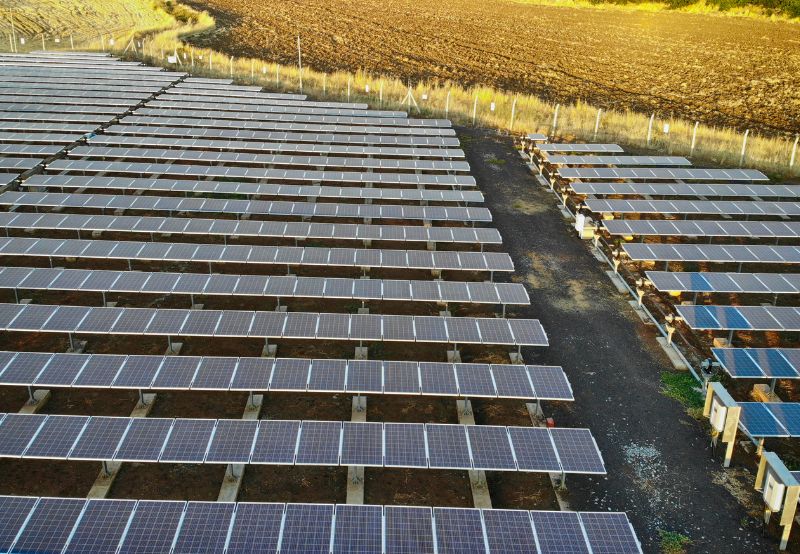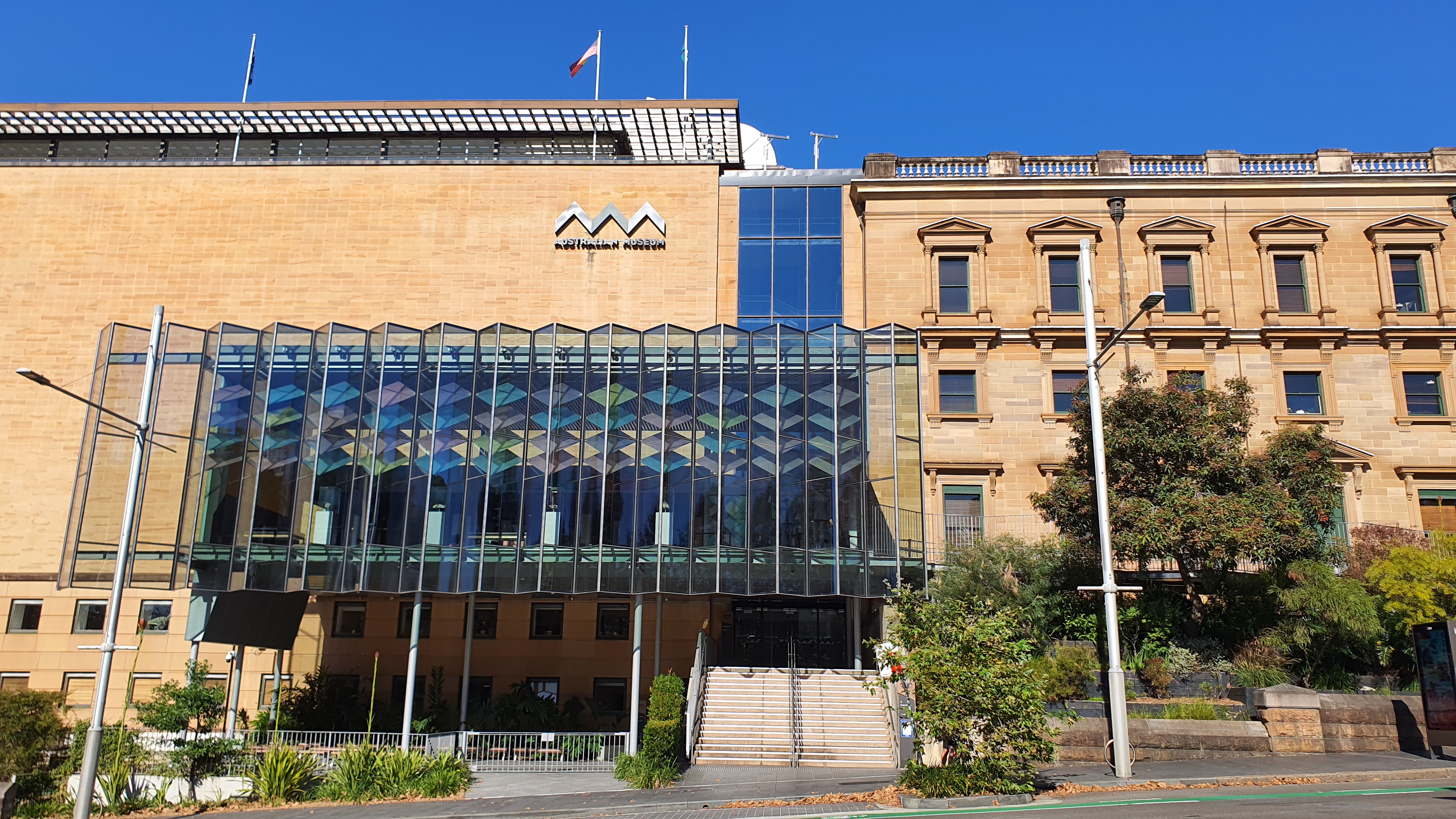Southeast CASC researchers explore how different urbanization strategies may benefit communities, ecosystems, and conservation goals as cities continue to grow.
When it comes to urbanization (increased urban development), researchers have yet to reach a consensus on whether densely packed or sprawling cities are best for biodiversity and conservation efforts. While urban growth may lead to land and habitat fragmentation of many plant and animal species, it’s not well understood how different development possibilities could positively or negatively impact different conservation goals.
To better understand the impacts of urbanization on the regional ecology, Southeast CASC researchers are adapting a “sparing-sharing framework”, a term borrowed from an agricultural calculation to maximize total populations of animal or plant species in an area, to city planning that informs how species and human communities may respond to different urban development patterns. In this context, “sparing” refers to densely urbanizing areas along untouched areas of land, while “sharing” would mean spreading the development across a larger area of land to ensure more greenspace is integrated into the city.
After reviewing various “sparing-sharing” studies and simulations, the research team found that the “sparing” strategy varied in impact across species, communities and ecosystems, while the “sharing” approach led to the restriction of habitats and habitat corridors that species would otherwise use while searching for a more suitable spot to live.
The sparing-sharing framework provides one way for urban ecologists to compare different configurations of urbanization, where researchers who choose study sites with comparable population sizes, livelihoods, and land area can better understand how species and communities respond to certain development patterns.
This work is supported by the Southeast CASC project, “Improving Scenarios of Future Patterns of Urbanization, Climate Adaptation, and Landscape Change in the Southeast”.




